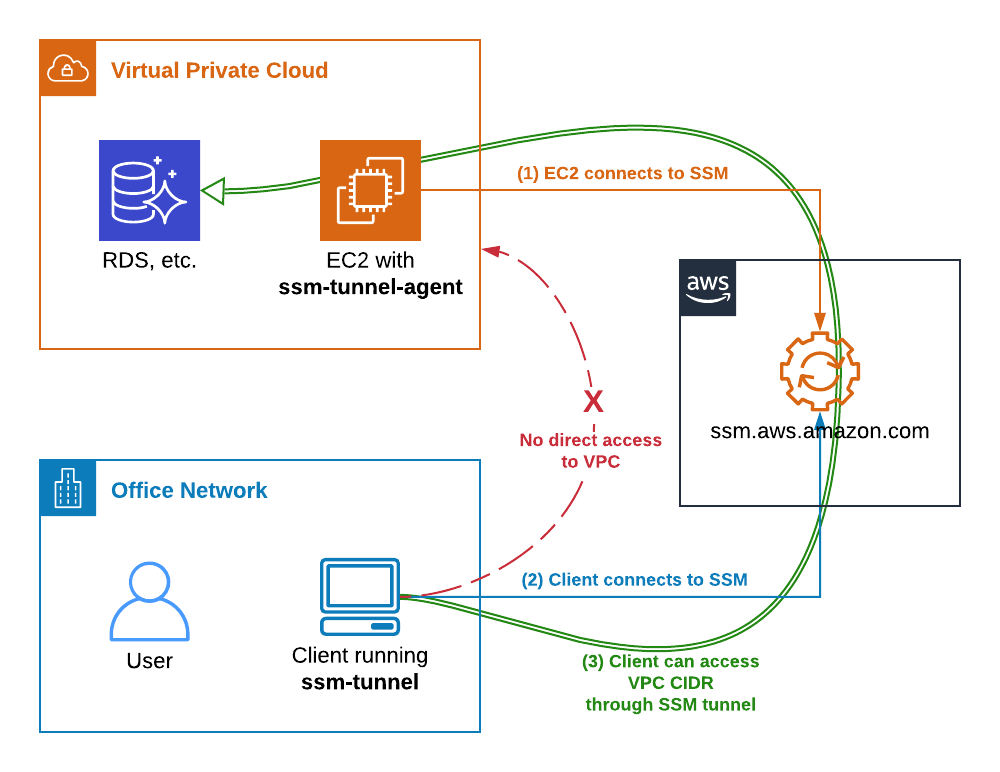
(I've never actually used RDS, but being that it's built to be a drop-in MySQL replacement, I feel my assumption is correct that is uses port 3306. The connection got through, however when I tried to display. You'll just need to make sure that each user has appropriate grants on the RDS database to connect from the ec2 host they're ssh'ing through.Īfter doing this, the developers will connect to their localhost, port 3306, and that traffic will be tunneled through to the RDS instance. Setting up an SSH Tunnel for a database in Amazon Web Services Step 1: Verify your Stitch accounts data pipeline region Step 2: Verify the databases VPC. I am using SSH tunnelling with SSHTunnelForwarder to reach a target AWS RDS PostgreSQL database. aws-ssh-tunnel is a CLI tool used to set up port forwarding sessions with public and private AWS instances that support SSH, such as EC2 and RDS. where "a.b.c.d" is the IP address of the RDS instance. If they were using a unixy OS, they'd run a command similar to this: $ ssh -元306:a.b.c.d:3306 Then use the instructions below for the type of database you’re connecting to locate the VPC. Ubuntu EC2 SSH SSH Tunnel through Ubuntu bastion to EC2 instance in private subnet 03:08:30.
Each developer will need an account on that server, and they'll need to generate a keypair for themselves and provide you the public key to deploy on their server accounts. To create a ssh tunnel, we execute the ssh command as follows: ssh -N -LSo - with Linux server in hand, getting this set up will be quite easy. Once enabled you can now fill in the following fields. Create a Direct SSH Tunnel Between an AWS Private Database and Local MySQL Workbench M ore and more applications are developed in a cloud hosted environment rather than developing them. That will provide plenty of horsepower for this type of traffic). Click on the SSH Tunnel tab, on the Use ssh tunneling entry, enable the toggle button. You don't mention what OS you're running on your EC2 instances, so I'll assume you're running Linux (if you're not running Linux, just spin up a t1.micro instance for this purpose.


A very simple solution would be to just use SSH tunnels to carry the SQL traffic.


 0 kommentar(er)
0 kommentar(er)
